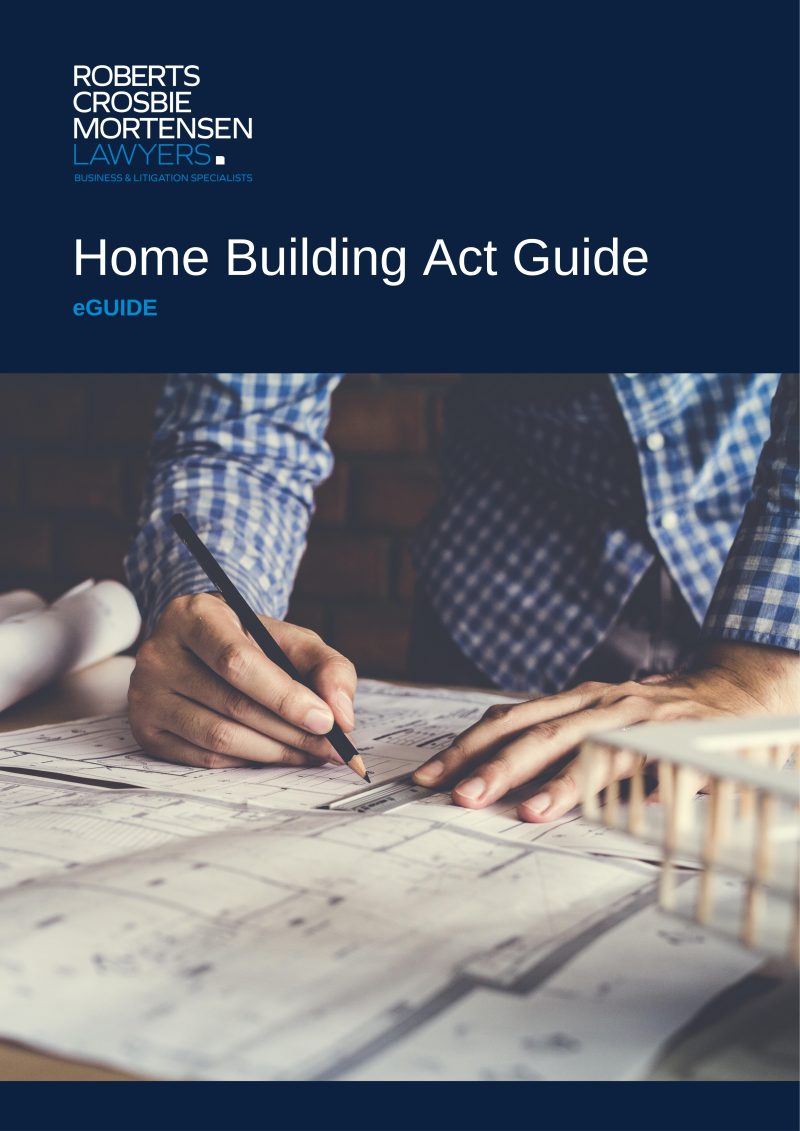The Act can create a right for a Claimant to elect to refer a payment dispute to an independent Adjudicator whose determination will be binding upon both parties, and which once determined can then be enforceable by the Courts.
Many of the steps required to enliven a Claimant’s right to have a dispute Adjudicated require the Claimant to calculate the Due Date for payment. Whilst Due Dates for payment were discussed previously in this Guide, they are worth repeating here because of their importance in calculating dates on which events prerequisite to the creation of a Claimant’s right to apply for Adjudication must occur.
The Act provides default Due Dates for payment of amounts claimed in Payment Claims which may only be displaced by the inclusion of earlier dates for payment in the contract. That is, a contract may prescribe an earlier date for payment than the Act, but any later date prescribed will be ineffective.
The Due Dates for payment set by the Act are as follows:
| Payment by a Head Contractor to a Subcontractor |
20 business days. |
| Payment by a Principal (for example a land owner or developer) to a Head Contractor |
15 business days. |
| Payment to a builder by a homeowner who intends to reside in that home |
10 business days. |
Claimants should pay the utmost attention to the time frames given in this Guide, as they are of critical importance. If you get them wrong, the right to have a claim Adjudicated may well be missed.
Conditions meeting any of the following three criteria will give rise to a Claimant’s right to apply for Adjudication under the Act.
1. When a Payment Schedule was provided that is disputed by the Claimant.
When a Claimant disputes the amount scheduled for payment by a Respondent in a Payment Schedule and wishes to have the disputed claim adjudicated under the Act, the Claimant must make an Adjudication Application to an Authorised Nominating Authority within 10 business days of receipt of the Payment Schedule.
2. When a Payment Schedule was provided but the full amount scheduled was not paid by the Due Date for payment.
When a Payment Schedule has been provided but the whole of the scheduled amount has not been paid and the Claimant wishes to have the claim Adjudicated, the Claimant may, within 20 business days of the Due Date for payment, make an Adjudication Application. The Claimant can also suspend work on two days written notice following the Due Date for Payment.
However, if you are a Claimant in those circumstances you will also be entitled to claim the unpaid amount of the claim as a statutory debt in Court with only very limited right of challenge for a Respondent, so you should obtain legal advice from a Specialist Building and Construction Lawyer before proceeding to Adjudication.
When a Payment Schedule was provided but the full amount scheduled was not paid by the Due Date for payment and the Claimant wishes to have the claim adjudicated under the Act, the Claimant must make an Adjudication Application to an Authorised Nominating Authority within 20 business days of receipt of the Payment Schedule.
3. When a Payment Schedule was not provided and the full amount claimed was not paid by the Due Date for Payment.
In circumstances where no Payment Schedule has been provided and the full amount claimed was not paid by the Due Date for Payment and the Claimant wishes to have the claim Adjudicated the Claimant may, within 20 business days of the Due Date for payment of the Payment Claim, notify the Recipient that it will be proceeding to Adjudication and give the Respondent a further 5 business days to provide a Payment Schedule. The Claimant can also suspend work on two days written notice following the Due Date for Payment.
If a Payment Schedule is not then received in reply within 5 days, then an Adjudication Application in relation to the Payment Claim may be made within 10 days of the expiry of the further 5 day period, and the Claimant may also make a Payment Withholding Request on the Principal Contractor. If a Payment Schedule is received in reply within 5 days, then an Adjudication Application in relation to the Payment Claim may be made within 10 days of receipt of that Payment Schedule.
However, just like when a Payment Schedule is issued and the scheduled amount has not been paid, Claimants are also entitled to claim the unpaid amount of the claim as a statutory debt in Court with only a very limited right of challenge for a Respondent, so if you are a Claimant in that situation you should obtain legal advice from a Specialist Building and Construction Lawyer before proceeding to Adjudication.
When a Payment Schedule was not provided and the full amount claimed was not paid by the Due Date for Payment and the Claimant wishes to have the claim adjudicated under the Act, the Claimant must make an Adjudication Application to an Authorised Nominating Authority within 20 business days of the Due Date for Payment.


















